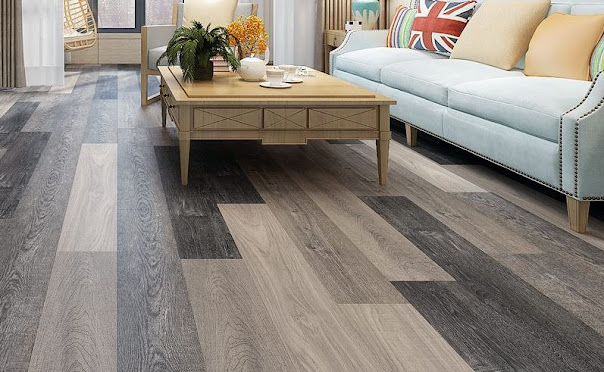What are The Different Techniques Used in Handmade Carpet Weaving?
Handmade carpets are a beautiful addition to any home and are often the centerpiece of interior decor. Made using natural fibers and high knots per square inch (kpsi), hand-woven carpets provide a sense of permanence and longevity that can last for generations to come.
There are a number of different techniques that can be used to create Handmade Carpets, each with its own unique aesthetic and visual language. Some of these include braiding, crocheting, and weaving.
Braiding, Crocheting And Weaving
Braiding is a process in which threads are tightly wrapped around each other to form the desired design. The process can be done by hand or using a small machine. It is a very labor-intensive process and can take months to complete, but it can result in a very attractive rug with many different designs and colors.
Crocheting is another process that is often used to create handmade rugs, and it is a much faster and less time-consuming method than braiding. It can also be done by hand and requires the use of smaller tools such as ratchet hooks and needles.
Weaving is the process of constructing a rug on a loom. A loom is a tool that allows a weaver to create intricate patterns with wool or other fibers, including silk and cotton. The loom is typically used to create large, decorative rugs or floor coverings.
Tend To Be Uneven With Imperfections That Reflect The Craftsmanship
The loom is an important part of the handmade carpet weaving process, and it is usually designed by the designer to be able to handle large amounts of fiber at once. This allows the weaver to use very fine and lightweight yarns for intricate designs that are more expensive to produce than traditional wool-based rugs.
There are several types of looms used for the rug weaving process, including the power loom and the hand loom. The difference between the two is that a power loom is an electrically operated and regulated loom that uses machines to create the woven material while a hand-loom is a loom that is manually manipulated by the weavers.
Generally, a hand-knotted Best Handmade Carpets is more complex than a power loom made one, as it takes more time and requires more skill to create. The hand-knotted rugs tend to be more uneven, with imperfections that reflect the true craftsmanship of the weavers.
Existence With Elegant Designs & Motifs
Hand-knotted rugs are more costly than power-loomed ones because of the time, effort, and skill that goes into creating them. Moreover, hand-knotted rugs are usually made with natural fibers, and they are also more durable than machine-made rugs.
The main advantage of hand-knotted rugs is that they are woven with all-natural ingredients, such as wool and dyes that are made from plants and vegetables. This gives the rugs more character and personality, and makes them a truly one-of-a-kind piece of art that will be appreciated for years to come.
Conclusion:
There are many different types of handmade rugs in the world, with each having its own characteristics and history. Among the most popular handmade rugs in the world are Persian rugs, which can be found in a wide variety of designs and styles. These rugs are usually woven in a variety of colors and are frequently patterned with floral or geometric designs. The designs and motifs in Persian rugs are known for their elegance and grace, and these carpets are some of the most beautiful and precious pieces of art that exist.




Comments
Post a Comment